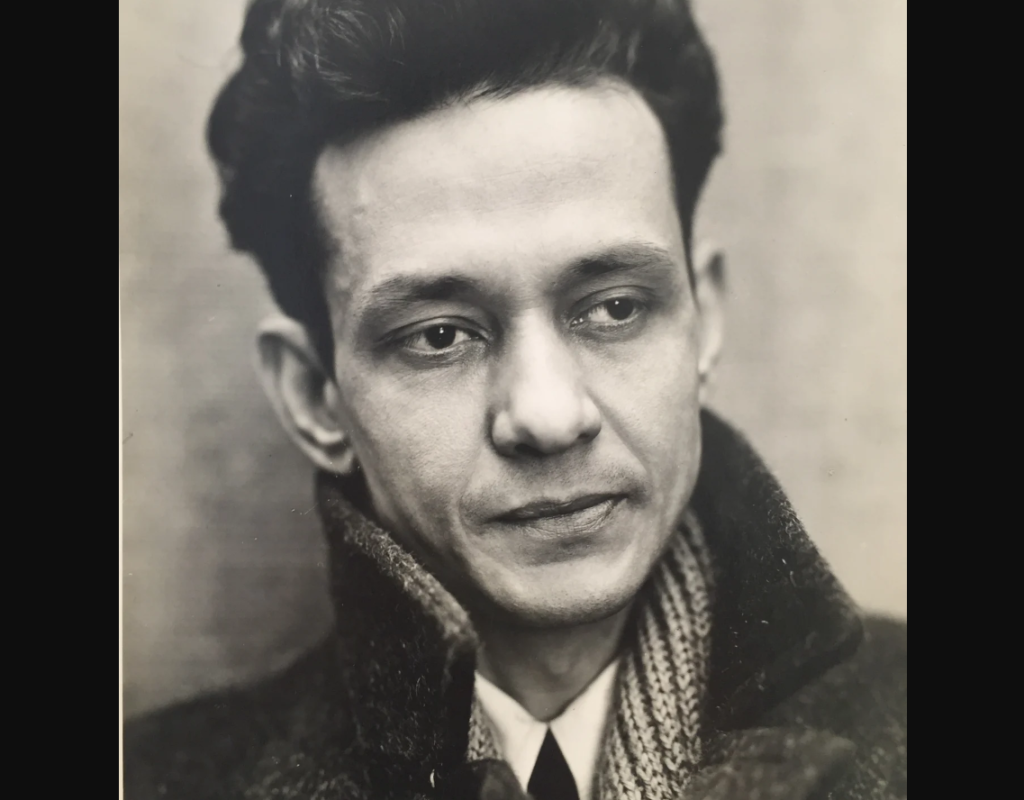22nd February, 2023. ON THIS DAY.
Manjeera
When the ship left, I looked at the shores of Bombay with tremendous emotion in my heart.
Raza said these words as he boarded SS Stetenham to Marseille in 1950. He was not only leaving behind his homeland; he was leaving his family, his history, and essentially his sense of identity. The Partition had left a deep scar in Sayed Haider Raza’s heart and divided up his entire family who had to leave for Pakistan. Raza had chosen to stay because he felt like he belonged to the city of Bombay, but the atmosphere was progressively worsening and Raza’s brother’s house in Delhi was even burnt. It was during this tumultuous and uneasy time that he co-founded the Progressive Artists’ Group in 1947. The young artists of this group were branching out of the cocoon of Indian art that was enveloped by European realism, restricting its forms of expression and combining Western avant-garde styles with very Indian subject matters. Though Raza felt an immense attachment to Bombay, due to the worsening political climate and the loss of his mother, Raza promptly left for Paris after he accepted a painting scholarship at the École Nationale Supérieure des Beaux-Arts in Paris.
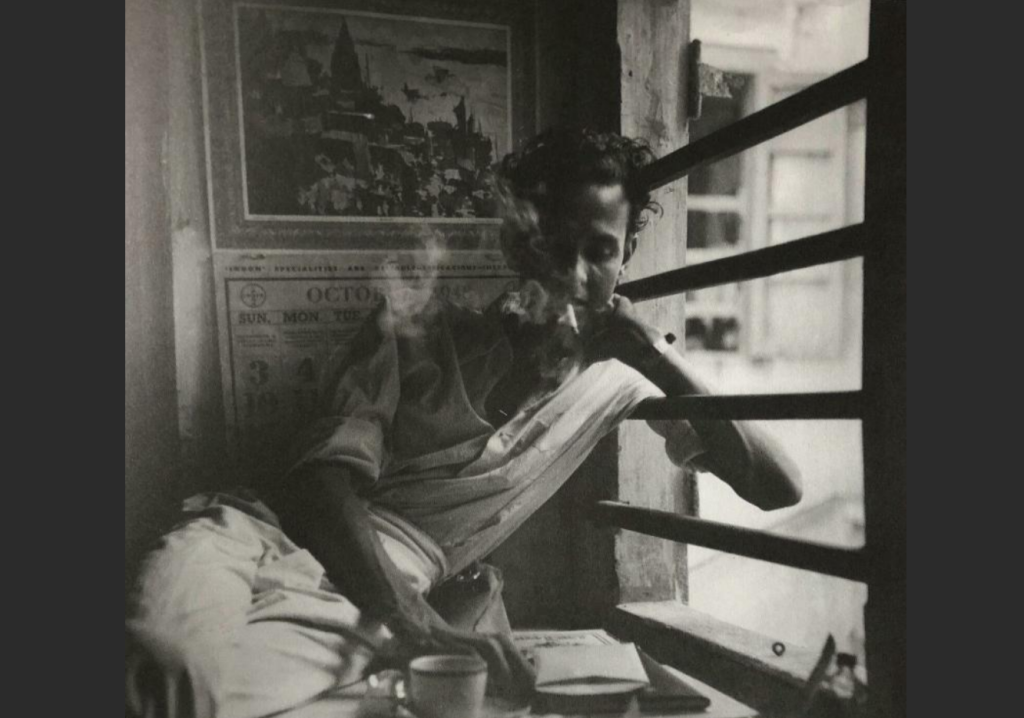
Raza in the City of Love
Though accentuated by the loss of what he had left behind, Raza began his journey anew in Paris, with rejuvenating confidence and fascination for the words of other great artists and writers who hailed from the region. He received a wave of new inspiration that could very much be seen in his art. Raza writes in his memoirs about seeing Paris, “It was an extraordinary experience. I loved these boulevards and buildings and the look of the cafes and houses.” While absolutely lovely, Paris during this period was experiencing the aftermath of the world wars, and the artistic spirit of the city has run dry. The École de Paris only had the remnants of abstract artists like Nicolas de Staël and Serge Poliakoff. The Abstract Expressionism movement had already shifted to New York. Raza still met many of his key influences and biggest sources of inspiration during this period, including Janine Mongillat, who would go on to be his partner for over 50 years.
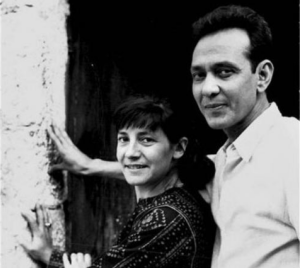
Raza’s letters to Janine reveal the deep vulnerability and passion this young man possessed.
Friday, July 9, 1954
My dear Janine,
I will fall to your feet – Tuesday, July 13
It is 3:45. I am at Lyon station, in a cafe near your workshop. I just bought a return ticket. My seat is also reserved. I leave Paris Monday evening on the 12th at 10:30 pm, to arrive at Menton next day at 1:32 pm. I think it’s the same train that you’d taken.
Do you remember the view of Menton in colour, that you showed me in March ’53? I’ll be there next to you in four days.
I will bring you my hopes, my dreams. I will bring my faith. I will prove to you the permanence of my bonds. I will make myself indispensable. I will take your hand and offer you my life. I will break the walls that separate us. Believe in this desire, and let me plant my lips on your own.
I see the horizons in front of me and I follow my path. There is neither doubt nor hesitation. The gods are by my side. Chance helps me. Padamsee’s brother “Nikki” sent 20,000 francs. Solange’s letter will give you the details.
Akbar (Padamsee) has won. We are celebrating this victory in Menton. For the birth of Fifi’s son, I invite you to dinner on the 13th, (which is) the day of my arrival. My warmth to Marie.
Believe that I love you with all my heart.
Tonight I will write more (to you).
Your Raza
P.S. sweetie, you know the city and the situation. Do what you want, but I would like to take my own room in Menton. Maybe you can book for a single day near the station and then we’ll see! R
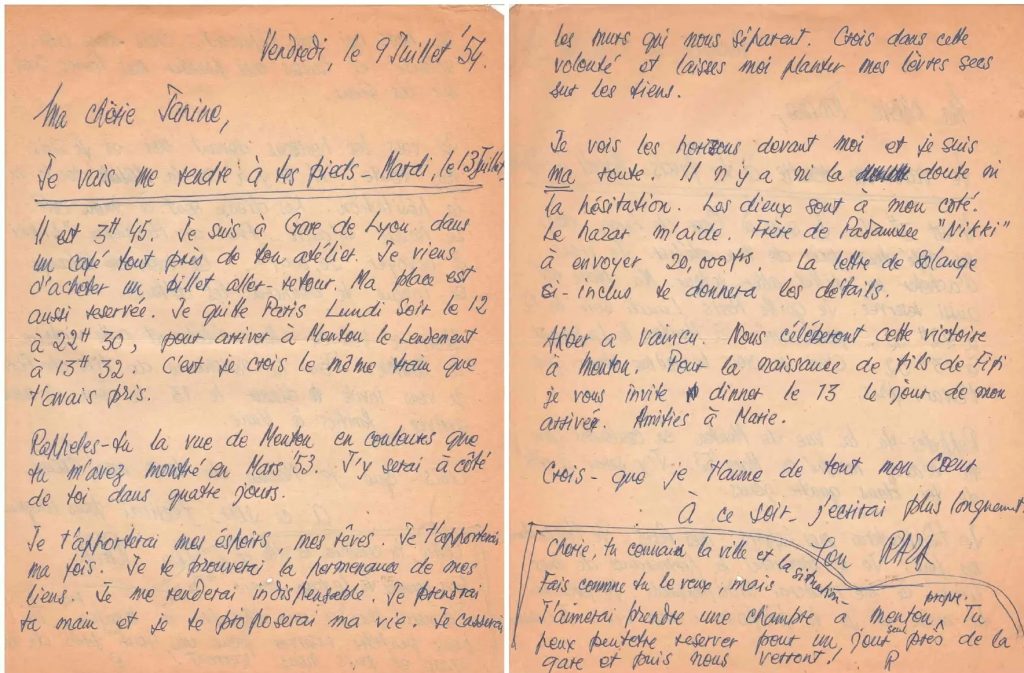
The First Exhibition in Paris and Western Influences
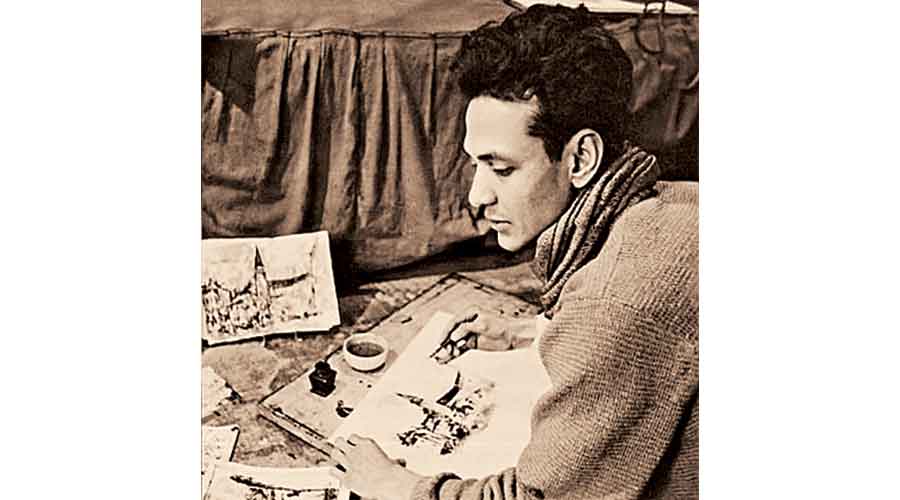
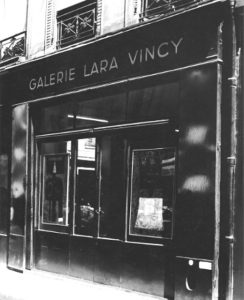
Young Raza was keen on absorbing all the knowledge around him. He writes, “My first attempt was to acquaint myself with the art treasures of Paris and to have a general knowledge of the history of art in Europe – both ancient and modern… My approach has been, of course, like that of a student of ‘aesthetics’ rather than that of an archaeologist or a historian…” Raza was also reading French philosophers like Jean-Paul Satre and Andre Gide, interrogating their existential ideas with his own internal philosophy. Raza’s memoirs reveal that he felt a certain frustration with Beaux-Arts and after the two-year period of his scholarship was over, he struggled to keep himself financially afloat, often resorting to giving Hindi lessons to the French. Eventually, he had his first show in Paris at Galerie Lara Vincy.
Raza had not stopped correspondence with the Progressive Artists’ Group, they would frequently keep in touch. Raza had a joint exhibition show in 1952 at Galerie Saint-Placide with F.N. Souza, another founding member, and Akbar Padamsee.
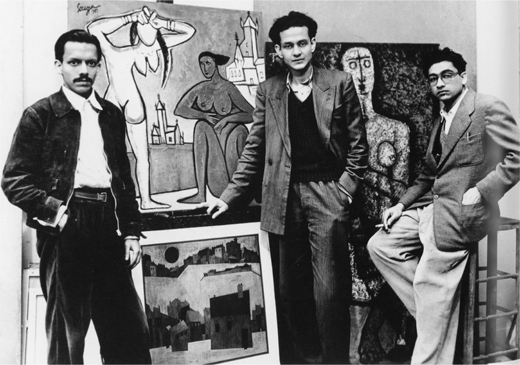
The Transformation in Raza’s Style
Raza switched to oil painting in Paris, loading the thick paint onto the canvas, sketching the memories of his land and mind. There was a significant change in how he used colour that was catalyzed by this change in the medium. Raza studied Cézanne trying to understand the artistic construction in his works; he was looking for a way to give structure to what was in his mind, and what he could see with his eye but failed to represent. In the 50s, Raza started drawing landscapes feverishly, imprinting the colours in vague shapes as he roamed provincial France. These landscapes, scattered with medieval facades in southern France did not have a regionality to them, in fact, art historian Geeti Sen reminds us that these paintings “could be placed in India or in Sienna or in Catalonia. They are souvenirs of the kind which memory filters through its deposits.” Raza was seeking the essence of the landscape that does not come through what is physically present, but this is the essence of the landscape interpellated through the artist.
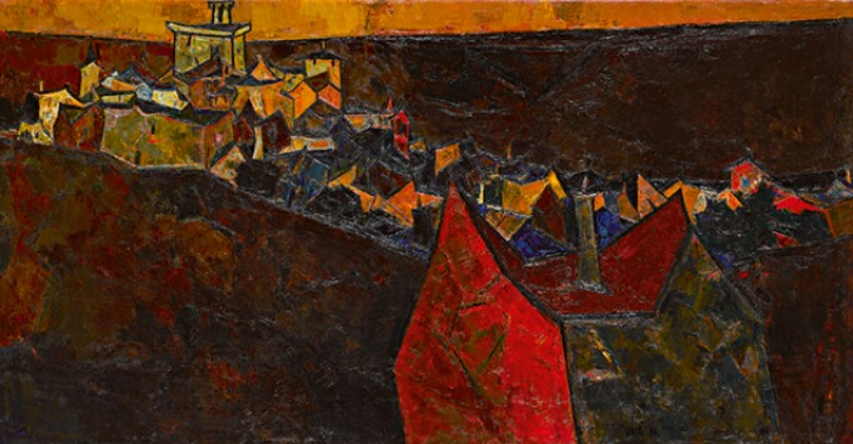
One of the works showcasing this new direction that Raza was trying to shape his artistic vision towards is the Ville Provençale (1956), which was later exhibited at the Venice Biennale, catapulting him to international fame. There is a frenzy to this piece that was characteristic of most of Raza’s works in this period, a provincial village rests at the backdrop of sombre blacks and browns. The houses, flickering in reddish and golden hues, appear to have been painted on stained glass. The houses are barely recognizable as their structure is only held together by the groups of geometric shapes that come together in harmony.
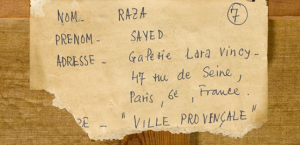
Rudolf von Leyden describes Raza’s transformation during this period: “The scholar, who had measured and calculated, burst through the confines of a limited understanding of colour and space-created-by-colour into a sphere of full realization. The transformation created such passion that one could best describe this age of Raza as the age of the Lover. The triumphant handling of paint, this living in paint can only be understood as an act of love.”
Raza would later go on to embrace Geometric expressionism as his own spirituality found expression in his art, but that is a discussion for later. This period of Raza’s life, during the 1950s, was characterized by a frenzied passion as Raza left what was known to him and entered new terrains, both geographically and artistically.
Read Also:
Decoding Grant Wood’s Masterpiece: the Symbolism and Social Commentary in ‘American Gothic’

